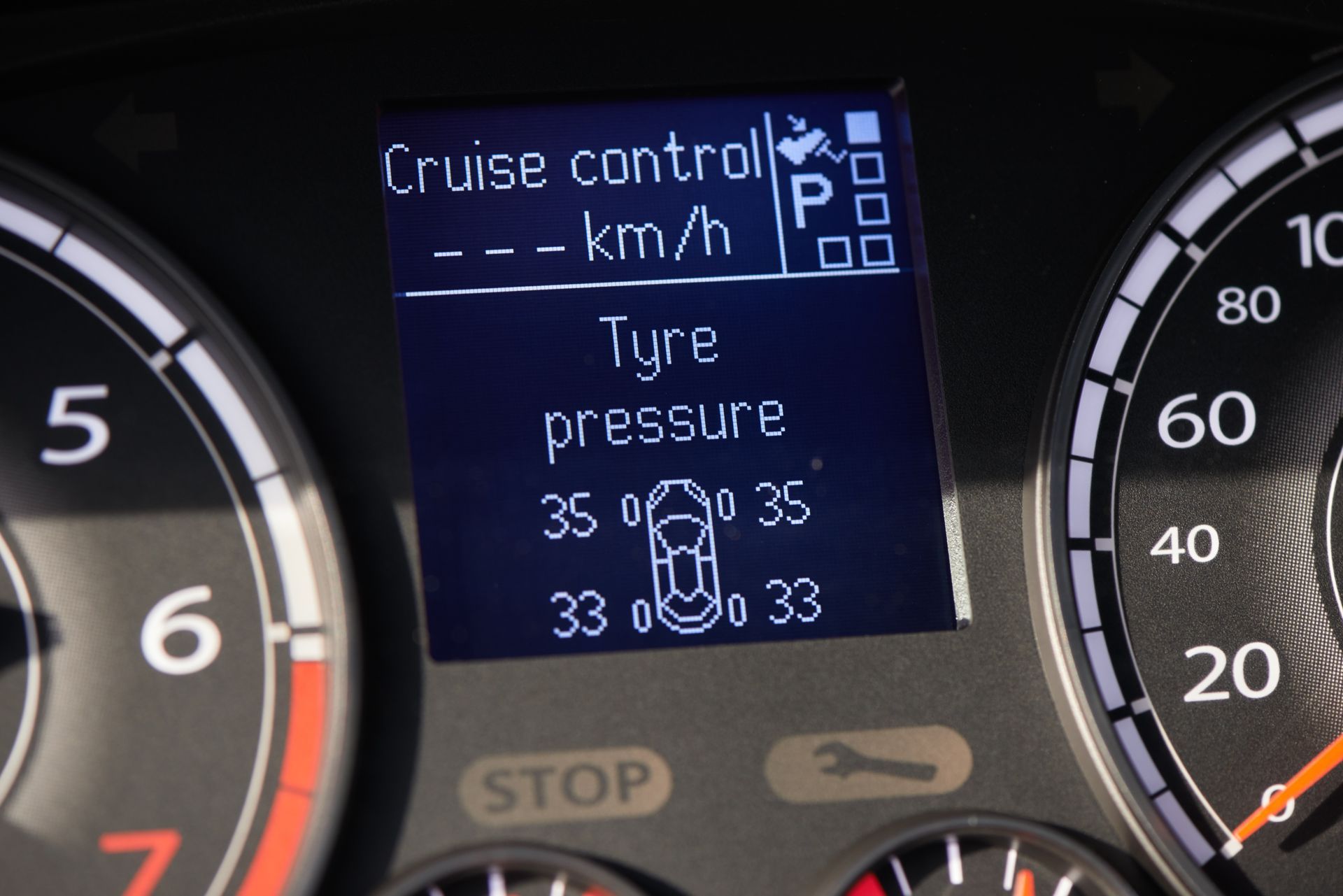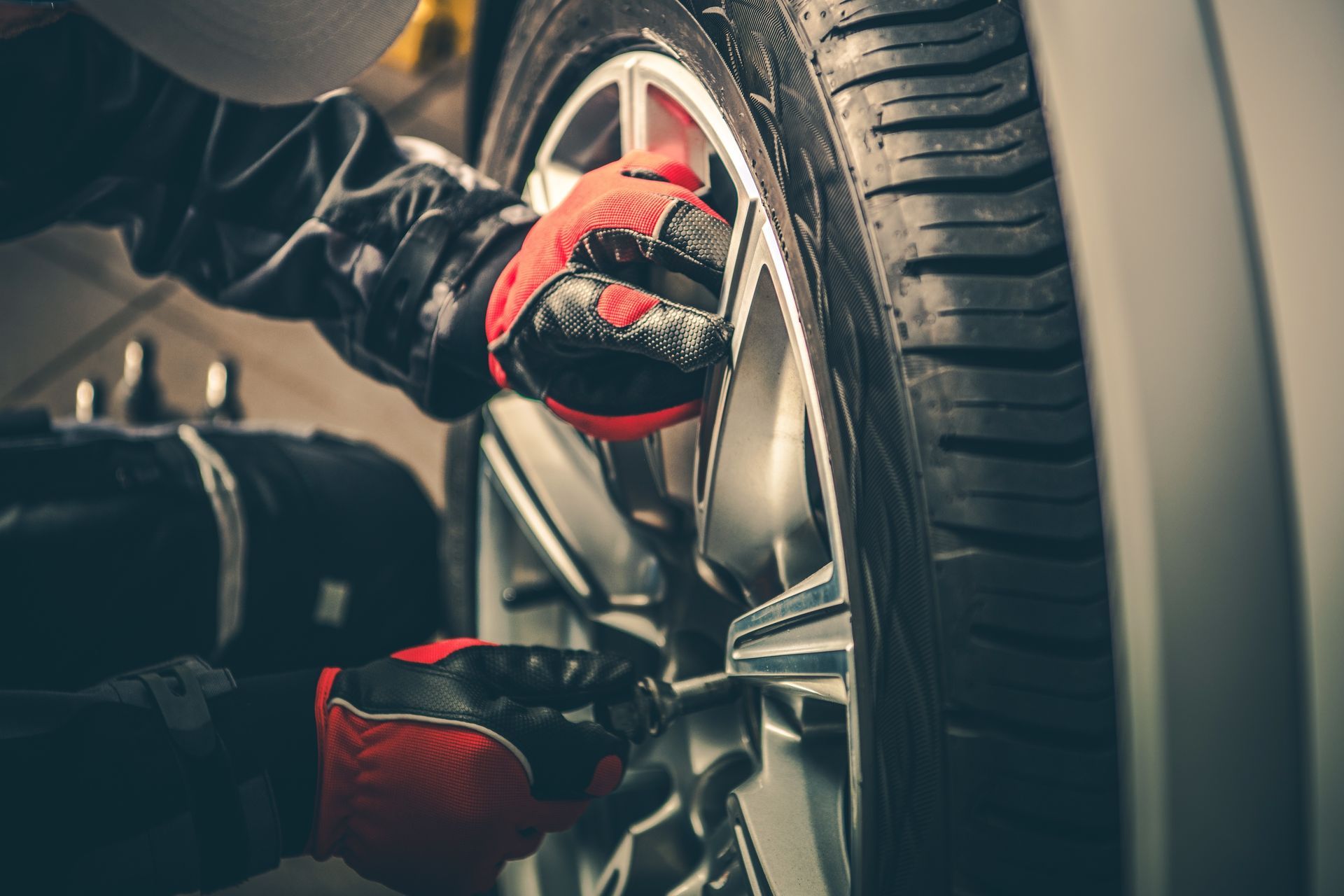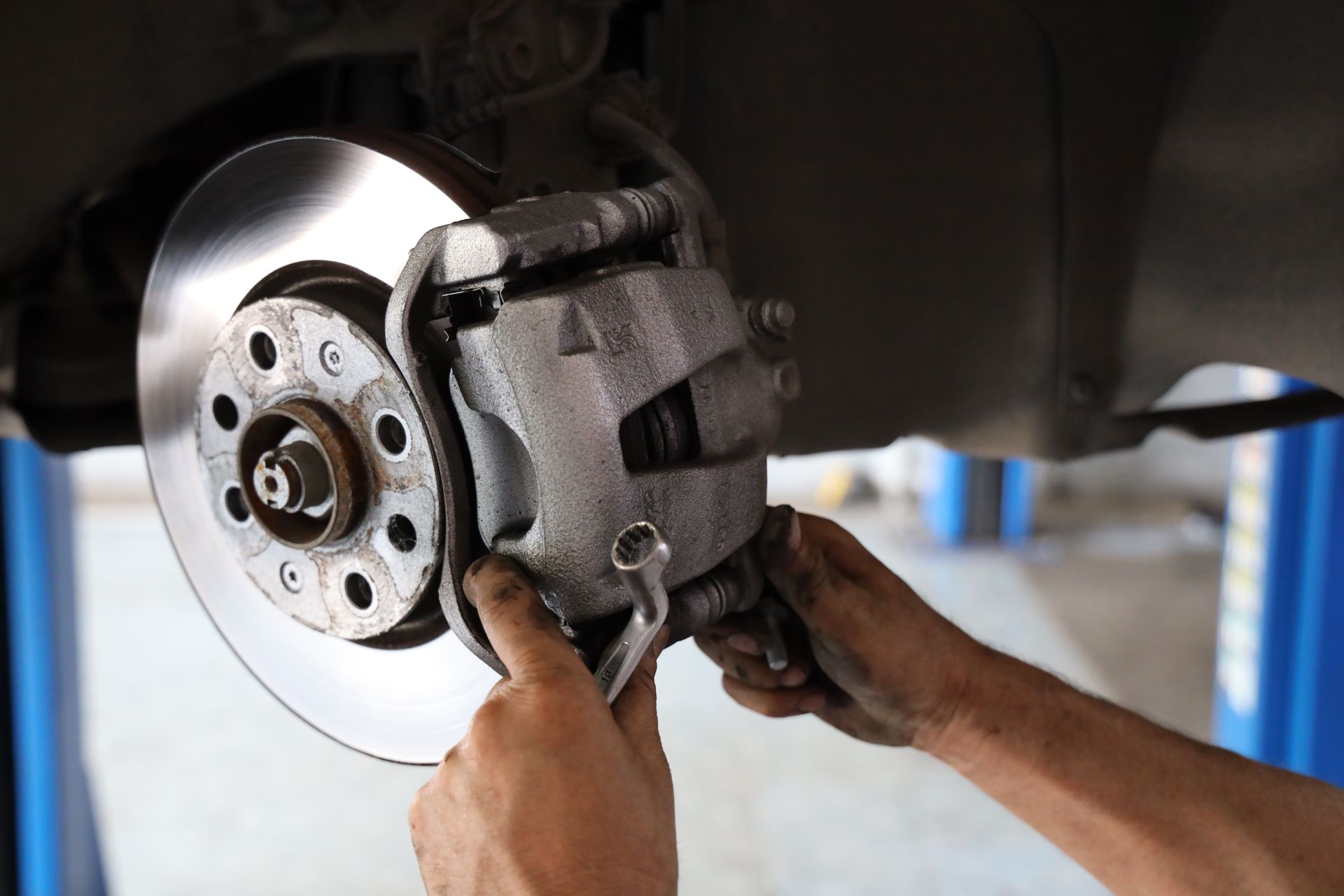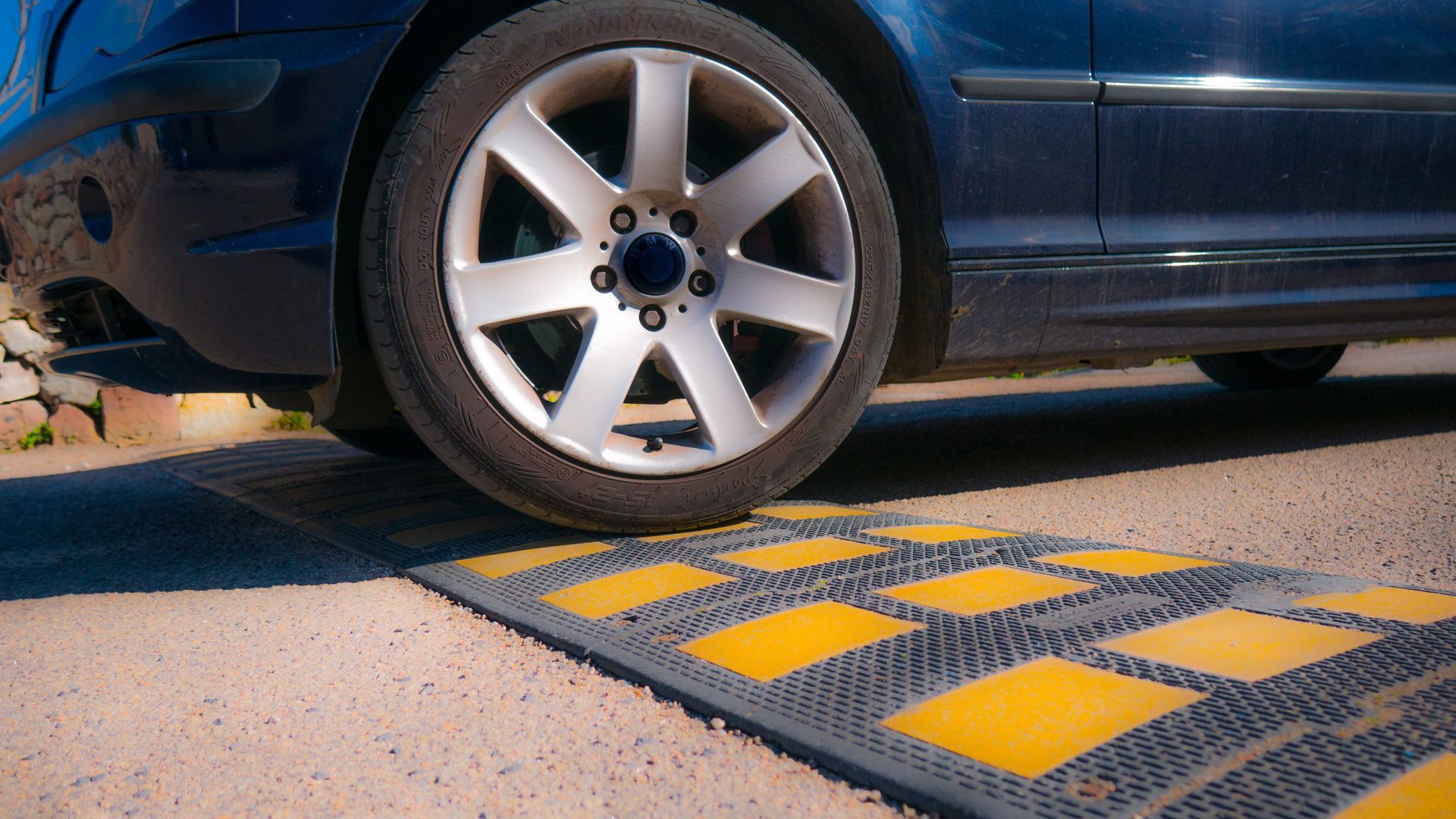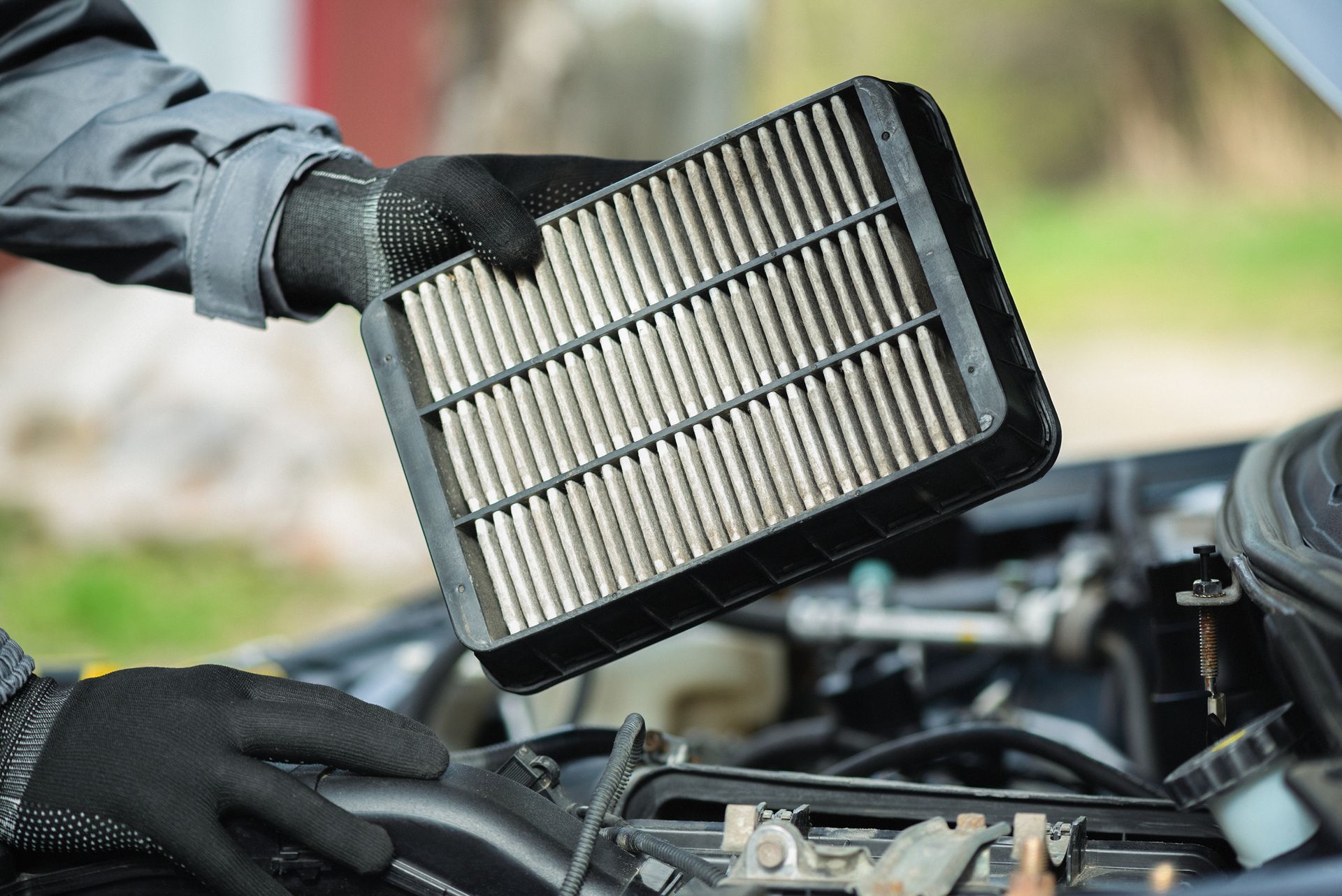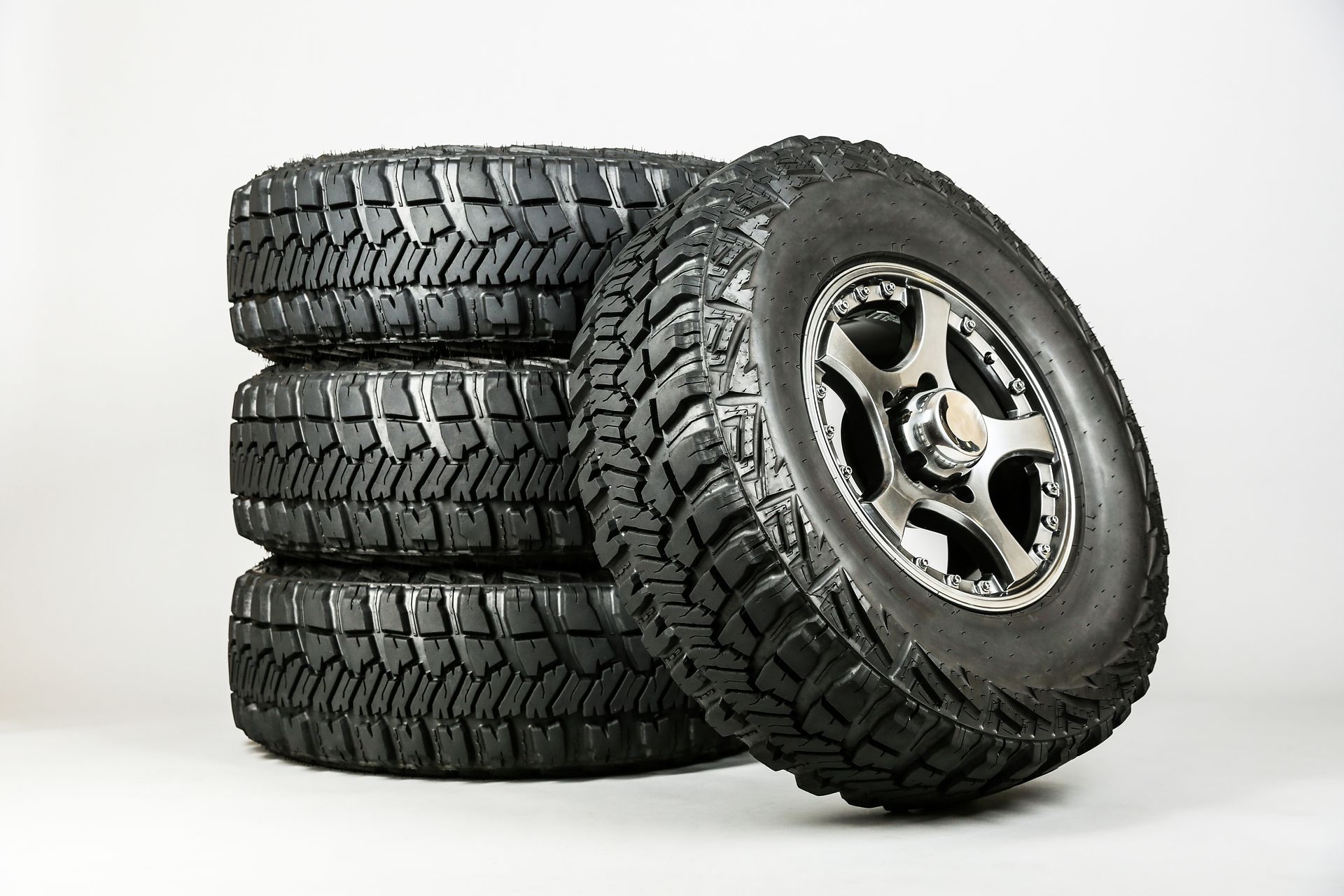When chilly mornings arrive in Seattle, foggy windows become a frustrating part of the daily drive. You hop into your car, ready to head out, only to find your windshield and side windows covered in condensation. Not only does this delay your commute, but it also creates serious visibility issues that compromise your safety.
Fortunately, there are practical ways to prevent and reduce fog buildup in your vehicle. Here’s why fog forms and what you can do to keep your view clear on those cold, damp mornings.
Why Do Car Windows Fog Up
Foggy windows happen when warm, moist air inside your car comes into contact with the cold glass of your windows. The moisture in the air condenses into tiny droplets, creating that familiar misty layer. This is especially common during the fall and winter months in Seattle when outside temperatures are lower and inside air is warmer from passengers’ breath, damp clothes, or running the heater.
Moisture sources like wet floor mats, rain-soaked jackets, or even a spilled drink can add extra humidity inside your car and make the fog problem worse.
Use Your Defroster Properly
Your front and rear defrosters are designed specifically to clear fog from your windows. The front defroster directs warm, dry air toward the inside of the windshield. Make sure to set the climate control to defrost mode, turn the fan to high, and choose the warmest temperature.
If your car has automatic climate control, select the defrost setting and let the system regulate the air. Rear defrosters usually use electric heating elements embedded in the glass to quickly eliminate moisture. Both should be used together when windows fog heavily.
Turn Off the Recirculation Mode
It might seem counterintuitive, but recirculating the air inside your car can actually make fog worse. This mode traps moist air in the cabin, raising humidity levels. Instead, use the fresh air setting on your HVAC system. This draws in drier outside air, which helps lower the interior humidity and clear the glass faster.
Once the windows are clear and the interior air has dried out, you can switch back to recirculation if needed for comfort or heating efficiency.
Keep Your Interior Dry
One of the best ways to prevent fog is by reducing moisture in the car before it builds up. Always remove snow or rain from your shoes before getting in. Shake off wet umbrellas and hang damp jackets if possible. If your floor mats or carpeting have gotten wet, dry them thoroughly or replace them with rubber mats during the rainy season.
Leave your windows slightly cracked when parked (if safe) to allow ventilation and reduce condensation buildup overnight. This simple step can lower interior humidity significantly.
Replace Your Cabin Air Filter
The cabin air filter helps regulate airflow through your HVAC system. If it’s dirty or clogged, airflow is restricted, and moisture doesn’t get vented efficiently. A dirty filter can also allow musty smells or mold spores to circulate inside the car.
Replacing the cabin filter is quick and affordable. For most vehicles, this should be done every 12,000 to 15,000 miles, or more frequently if you drive in damp, dusty, or high-pollen areas.
Use Anti-Fog Products
There are several commercial anti-fog sprays and wipes available that help prevent condensation from forming on interior glass surfaces. These products create a thin, invisible layer that resists moisture buildup. They can be especially helpful during the colder months in a city like Seattle, where foggy windows are a regular challenge.
Apply them according to the instructions and reapply as needed. Just make sure the glass is clean and dry before use for the best results.
When to Check for Other Issues
If your windows fog up excessively or never seem to clear, there could be a deeper problem at play. A leaking door or window seal, a plugged sunroof drain, or a heater core leak can all introduce moisture into the cabin.
If you notice damp carpeting, persistent musty odors, or fog that returns no matter what you do, it’s time for a professional inspection.
Stay Safe and Comfortable with Help from Rick’s Tire & Service in Seattle, WA
At Rick’s Tire & Service in Seattle, WA, we know how unpredictable Pacific Northwest weather can be. Our team can inspect your HVAC system, replace clogged filters, and check for hidden moisture issues to help keep your windows clear and your drive safe.
Schedule a seasonal checkup today and enjoy fog-free mornings all winter long.

